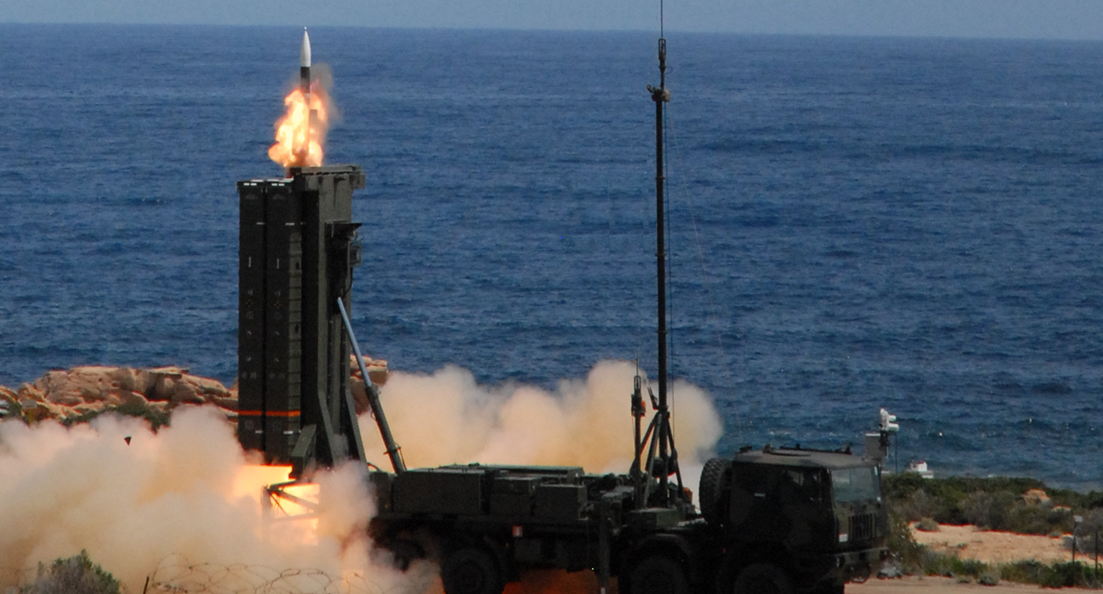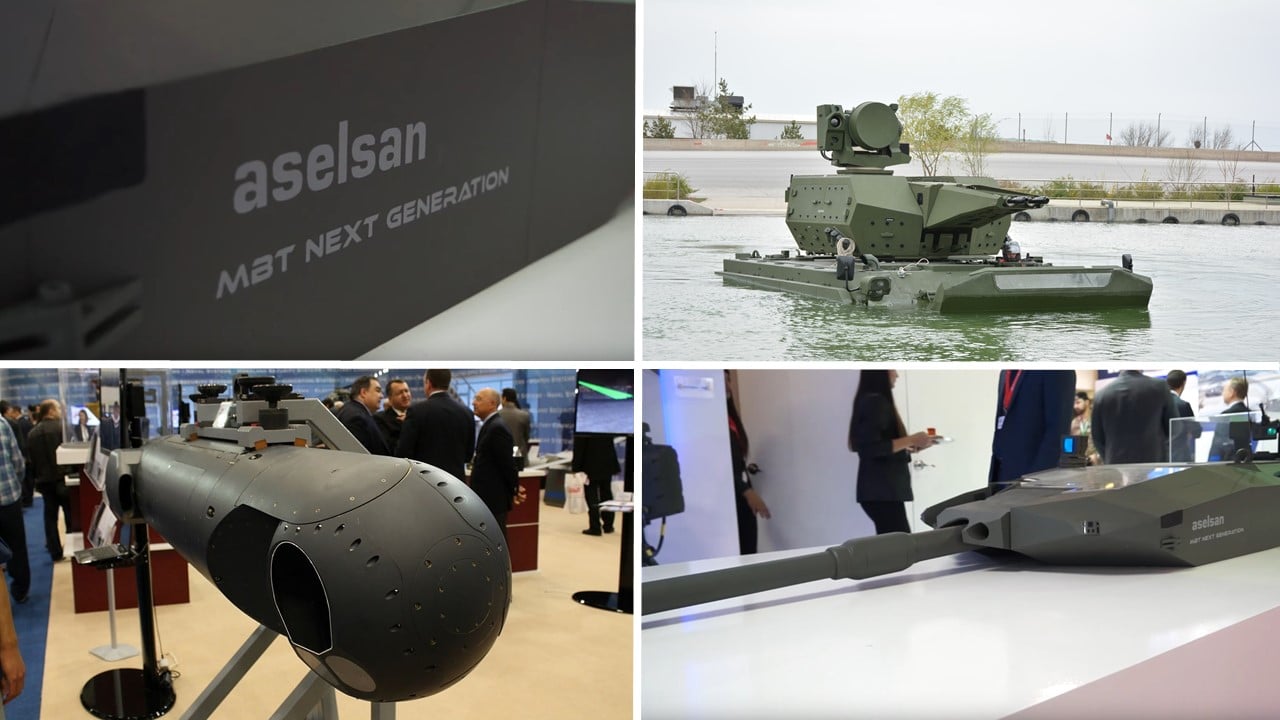23Views 11Comments

Pakistan test-fires shore-based ‘long-range’ anti-ship missile
The Pakistan Navy tested a land-based ‘long-range’ anti-ship missile (AShM) on Thursday, 16 March.
In its press release, the Pakistani military’s media arm the Inter Services Public Relations (ISPR) states that the AShM is equipped with “advanced technology and avionics, which enable engagement of targets at sea with high accuracy.” As per ISPR, the missile successfully struck its sea-based target.
Notes & Comments:
The make, type, range and guidance configuration of the AShM were not disclosed. Pakistan operates China National Aero-Technology Import and Export Corporation (CATIC) C-802A, Boeing Harpoon Block-II, and MBDA Exocet AShM from its range of surface, sub-surface and aerial platforms.
In April 2016, Pakistan also tested a shore-based AShM by the name of “Zarb”, which was speculated to have been the China Aerospace Science and Industry Corporation (CASIC) C-602. However, officials told Defense News that Pakistan could be developing an indigenous AShM. The Babur-2, which was tested in December 2016, was also described as being capable of engaging “targets … at sea.”
In general terms, an AShM is a turbojet (and alternatively, turbofan)-powered munition that has an inertial navigation system (INS), which can be guided to the target by radar through data-link. Once in the vicinity of the target, a terminal-stage imaging infrared (IIR) or active radar-homing (ARH) seeker activates to strike the target.
With some of these technologies already employed to produce Pakistan’s Babur and Ra’ad-series of land-attack cruise missiles, the notion of scaling them for AShM is plausible. Granted, active-homing seekers (which are essential for engaging moving targets) are complex technology areas. In fact, ARH-seekers would be challenging to develop under the pressures of modern electronic warfare (EW) systems, which threaten to jam such missiles. For Pakistan, collaboration with external parties such as China will be critical to its success in these areas.
Shore-based AShMs are a component of Pakistan’s anti-access and area-denial (A2/AD) strategy, which is designed to prevent enemy incursion into its littoral waters and to protect the country’s coastal economic and defence assets, such as shipping ports and shipyards.
While a Missile Technology Control Regime (MTCR)-compliant missile capped to 300 km in range would provide ample littoral defensibility, an anti-ship variant of the Babur-2 – i.e. with its 750-km range – would cover a significant portion of Pakistan’s exclusive economic zone (EEZ).


